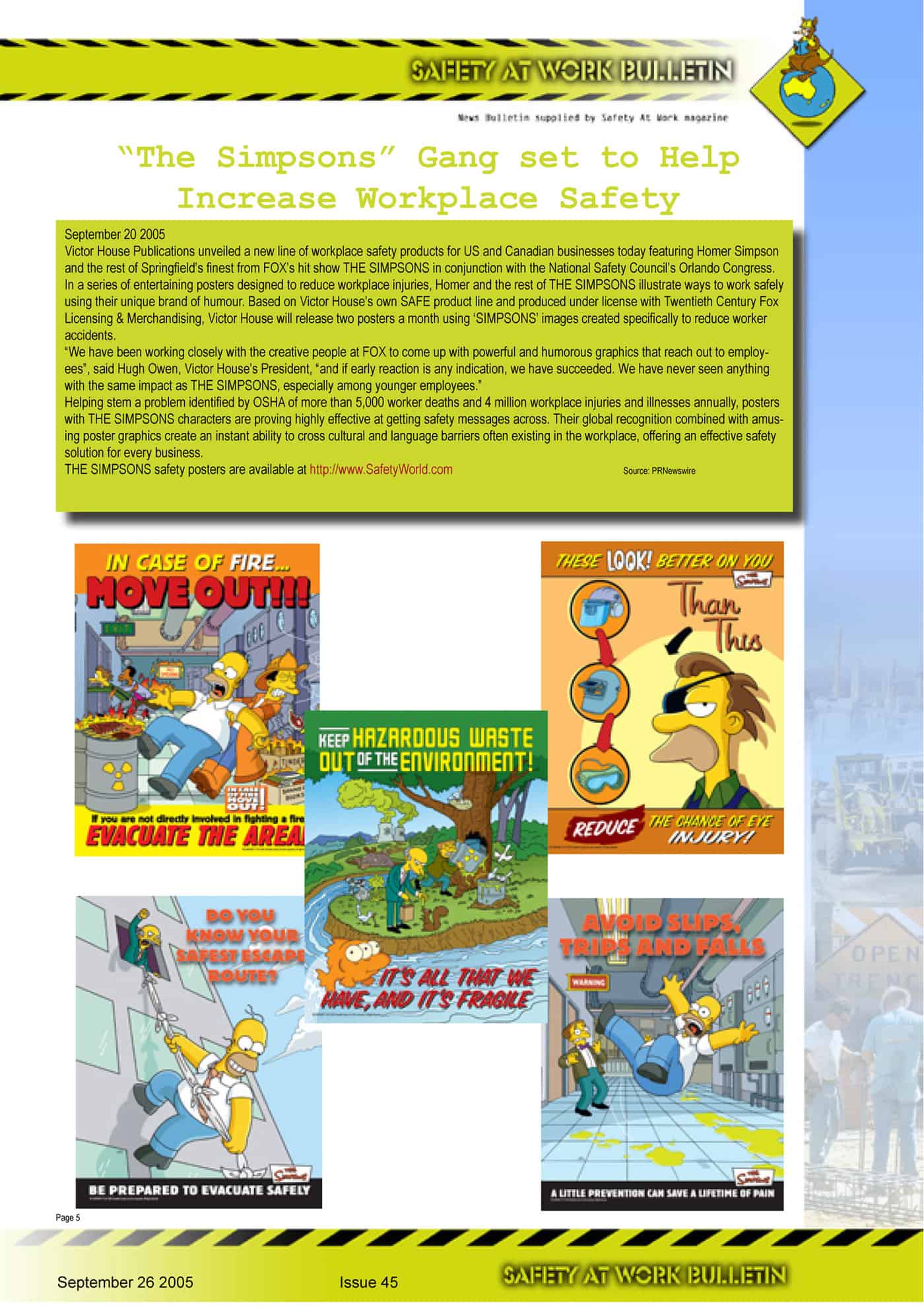A regular SafetyAtWorkBlog reader emailed in a comment this morning that we believe is justified as including it as a post itself. The Upper Big Branch Mine disaster is out of the news outside of the United States but as the Australian reader shows below, there are important lessons from how this disaster occurred and its aftermath as there is in most disasters. What needs to occur is for the issues to continue to be discussed and lessons applied. Some links in the post below have been added.
“I’ve been following the Upper Big Branch Mine disaster West Virginia, in which 29 miners died from an explosion that occurred on 5 April 2010. It appears that the explosion occurred due to a build up of methane and coal dust in the mine. Records show that, in the weeks leading up to the explosion, some miners had expressed fears for their lives to their families. One left a note for his family. To my thinking it reads like a suicide note. Continue reading “Post-Disaster PR/Risk Management – Upper Big Branch”


